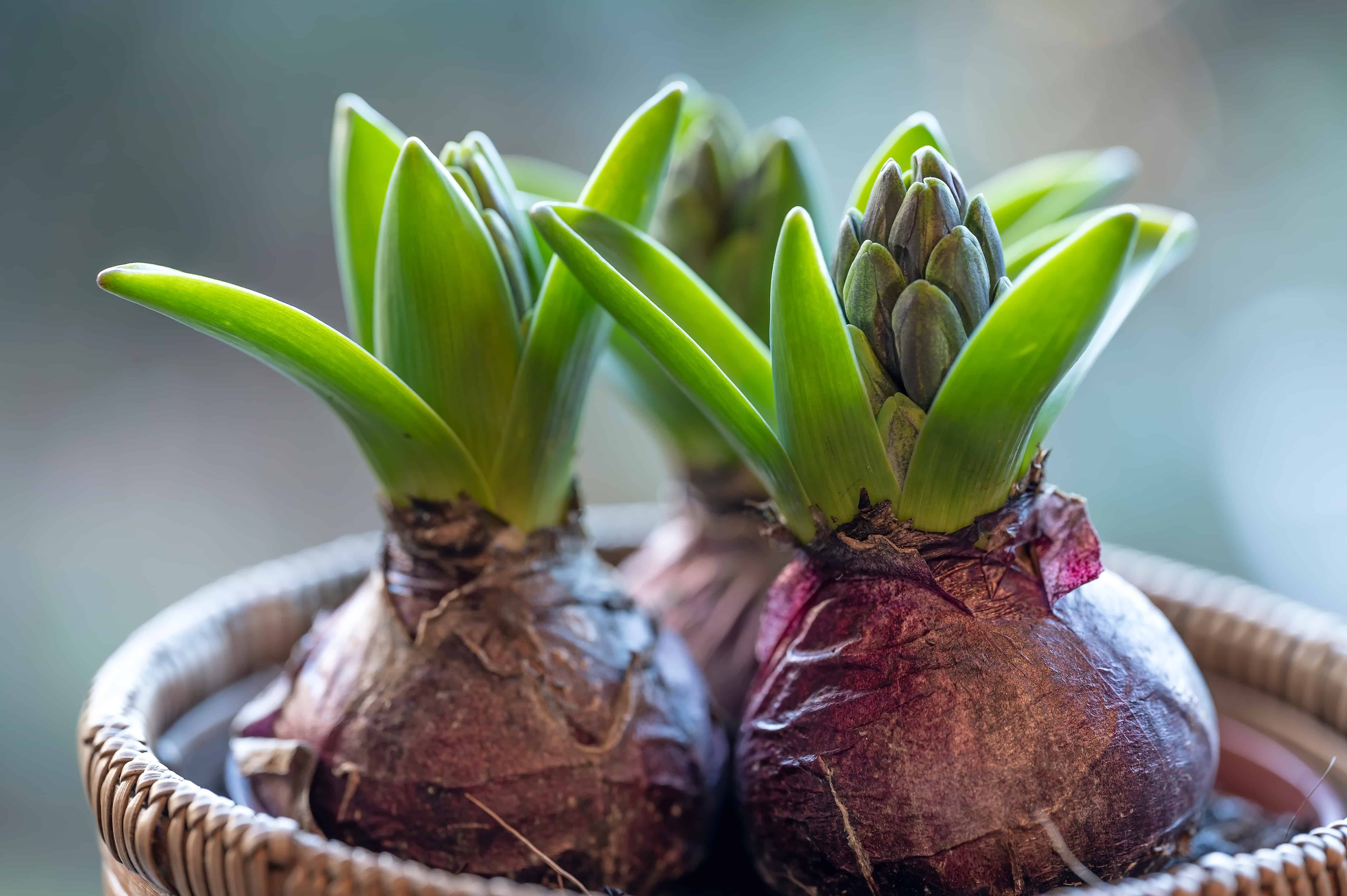Iris are a beloved spring blooming flower, lighting up the garden with their showy blooms in a diverse range of colors. With their sword-like leaves and vertically-oriented flowers, iris have a very distinctive look. However, once their blooms fade the foliage can look unsightly. The ideal solution is to plant companion plants around iris to draw attention before and after blooming.
When choosing what to plant with iris, consider bloom time, height, color, and texture. The goal is to extend the interest in your garden from early spring through summer With thoughtful pairings, your iris will be the highlight of beautiful, low-maintenance plant combinations
Best Companion Plants for Iris
Here are some of the best options for what to plant with bearded, Siberian, or Japanese iris
Early Bloomers
Extend spring color by planting bulbs and early perennials:
-
Daffodils – Cheery yellow blooms in early spring. Plant bulbs in fall.
-
Allium – Flower globes on tall stems. Ornamental and good for pollinators.
-
Columbine – Delicate, nodding blooms. Self-seeds gently.
-
Coral bells – Bright colored foliage for early interest. Tolerates shade.
-
Dianthus – Low mounds with flowers in spring. Good at front of bed.
Midseason Bloomers
Add plants that flower alongside iris:
-
Peonies – Large, lush blooms. Provide support against rain.
-
Baptisia – Blue or yellow flowers on shrub-like plants.
-
Catmint – Purple flowers and gray foliage. Repels pests.
-
Lamb’s ear – Soft, velvety leaves contrast iris texture.
-
Oriental poppies – Big, showy blooms. Go dormant after flowering.
Late Bloomers
Extend color into summer after iris fade:
-
Yarrow – Flat-topped blooms in many colors. Drought tolerant.
-
Salvia – Spikes of red, blue or purple. Attracts pollinators.
-
Daylilies – Reliable rebloomer with strappy leaves.
-
Coreopsis – Yellow daisy-like flowers all summer.
-
Veronica – Blue flower spikes in early summer. Handle shade.
-
Sedum – Succulent leaves and pink blooms. Interest into fall.
Foliage
Some plants are grown mainly for foliage:
-
Ferns – Contrast iris texture. Handle shade.
-
Hosta – Add bold leaves. Provide late season color.
-
Grasses – Soft, flowing texture. Good for movement.
-
Lamb’s ear – Velvety silver foliage. Evergreen in mild zones.
-
Artemisia – Finely cut silver leaves. Avoid invasive varieties.
Design Tips
-
Use taller plants like delphinium and oriental poppies as background.
-
Place short plants like dianthus and catmint at the front to soften edges.
-
Repeat groups of 3 or 5 plants for rhythm.
-
Choose a color scheme and stick to it. Contrast or complement iris colors.
-
Mix foliage shapes like airy grasses with bold hosta leaves.
-
In formal gardens, plant companions in blocks or rows.
-
For casual gardens, use drifts of plants scattered through beds.
Iris Companion Plant Pairings
Here are some classic iris companion plant combinations:
-
Bearded iris + catmint – Complementary blue and purple tones
-
Siberian iris + baptisia – Yellow baptisia pops against blue iris
-
Japanese iris + ferns – Airy ferns contrast bold iris texture
-
Purple iris + lamb’s ear – Silver foliage makes colors pop
-
White iris + coral bells – Foliage provides early interest
-
Blue iris + oriental poppies – Striking color contrast
-
Yellow iris + coreopsis – Repeating yellows across seasons
Caring for Iris and Companion Plants
Here are some growing tips to help your iris and companion plants thrive:
-
Plant in full sun for best flowering. Most tolerate partial shade.
-
Provide evenly moist soil. Avoid wet feet or totally dry soil.
-
Space plants 12-24 inches apart depending on mature size.
-
Group spring bulbs together for impact then let companions fill in.
-
Cut back companions like yarrow and salvia for a second bloom.
-
Leave iris foliage until it yellows to nourish the rhizomes for next year.
-
Lift and divide congested clumps every 3-4 years in summer during dormancy.
Design a Stunning Spring Iris Garden
With the right companion plant choices, your iris will be the highlight of an evolving garden that changes through the seasons. Thoughtful pairings extend bloom time, provide foliage interest, and create cohesive color schemes. Dot your calendar with reminder dates for planting bulbs and perennials this fall to enjoy a beautiful iris garden next spring.

IRIS after Flowering Do’s & Don’ts – How to Divide & Replant – Bearded Iris germanica
0
